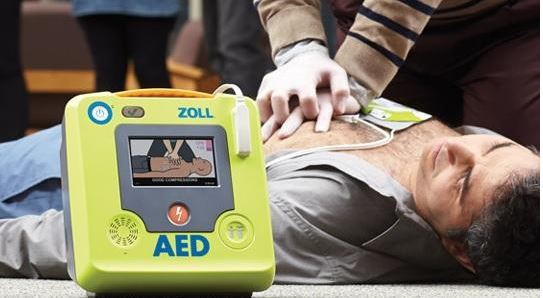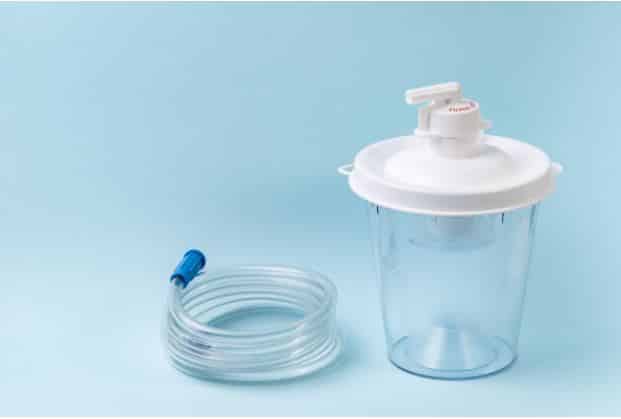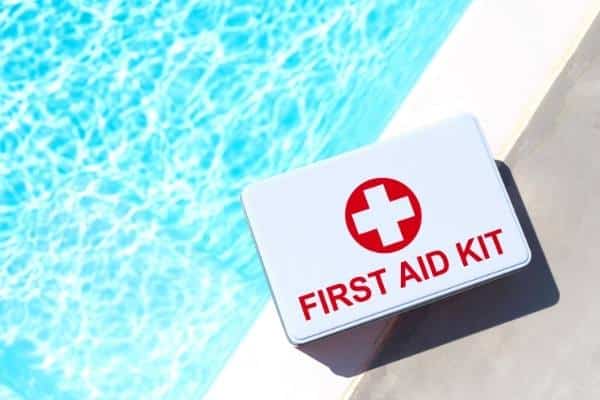
Do You Need an AED at Home?
We’ve all seen the scene that one scene in every TV medical drama where a character’s heart stops beating and then is shocked back to life by a doctor yelling “clear” right before delivering a jolt of electricity to their chest. While this is often portrayed to take place in a hospital setting, it can be performed anywhere there is a defibrillator.
Anyone can purchase a defibrillator for sale, as no prescription is required to purchase one. Anyone who has a severe heart disease or is at risk of sudden cardiac arrest should invest in an lightweight, portable AED to keep at home.
When do you need an AED?
An automated external defibrillator, or AED, is used to revive someone from sudden cardiac arrest. Cardiac arrest is usually caused by a disruption to the heart’s electrical activity, which then causes the heart to beat dangerously fast or irregularly. When the heart’s rhythm is disrupted or altered, the heart is unable to pump effectively.
If not treated within minutes, the results could be fatal, as the arrhythmia stops blood flow to the brain and other vital organs. If death does not occur, patients may be left with permanent damage to the brain and other organs, so time is of the essence.
When a disruption occurs, bystanders in a public place or family nearby can adhere the self-sticking pads to a person’s chest and potentially save their life. Once the pads are attached, the AED can then read the hearts rhythm and send electrical currents to the heart. If used within minutes, the electrical shock can jolt the heart back to a regular rhythm.
How to use an AED?
If you need to use an AED on someone, be sure to first call 911 to get help on the way. Begin by performing CPR prior to turning on the AED, continue to administer CPR after the electrical shock is delivered, if still needed.
When purchasing an AED for home use, the device will come equipped with an instructional training video that shows exactly how to use and maintain the device. Everyone in your home should watch the video and review it periodically to ensure everyone knows how to use it in case of an emergency.
During an emergency, the AED will provide you with step-by-step voice instructions. It will explain how to check the person’s breathing and pulse, along with how to correctly position the electrode pads on their chest.
Once you have placed the pads on the person’s chest, the AED will automatically begin to measure the person’s heart rhythm and will determine if an electrical shock is needed. If the AED determines that a shock is needed, it will then tell the user to stand back and to push a button to deliver the shock. AEDs are programmed to not deliver unnecessary shocks.
An AED will also walk the user through providing CPR. The process can be repeated as needed until emergency crews arrive on scene and take over.
Is having an AED at home right for you?
It is not uncommon to find AEDs in public places, such as shopping malls, office buildings, sports arenas, and airplanes. In addition, police and ambulance crews are also equipped with an AED in the event of an emergency. While it is generally easy to locate an AED in a public place, most instances of cardiac arrest occur at home. So, how do you know if having an AED at home is the right choice for you? For those who are at a high risk of cardiac arrest, having an AED at home can provide them with peace of mind knowing there is a device at home that can potentially save their life. Here are a few additional things to keep in mind when considering if you should have an AED at home:
- What is your risk of sudden cardiac death? Are you at a high risk of sudden cardiac death as a result of a specific heart rhythm problem? If so, your doctor may recommend an implantable cardioverter-defibrillator instead.
- Living Arrangements: In order for an AED to work and be successful, you need another person who can operate it. Additionally, the other person will need to be able to get down on the floor and back up again with little problem. If you live alone, or the person whom you live with is not agile enough to get down on the floor, an AED might not be the right purchase for you.
- Your Cost: Purchasing a home AED can be quite costly because most insurances won’t cover the expense.
- Your Overall Health and Wishes: If you suffer from numerous health problems, a terminal illness, or have a weak heart that doesn’t respond well to treatments, you might make the decision to not be resuscitated following cardiac arrest. Therefore, having an AED would not make sense for you.
If you have made the decision to have an AED at home, you can make the purchase by simply finding a defibrillator for sale that fits within your budget. At Coast BioMedical, you can purchase both new and refurbished AEDs for you home in case of an emergency.




